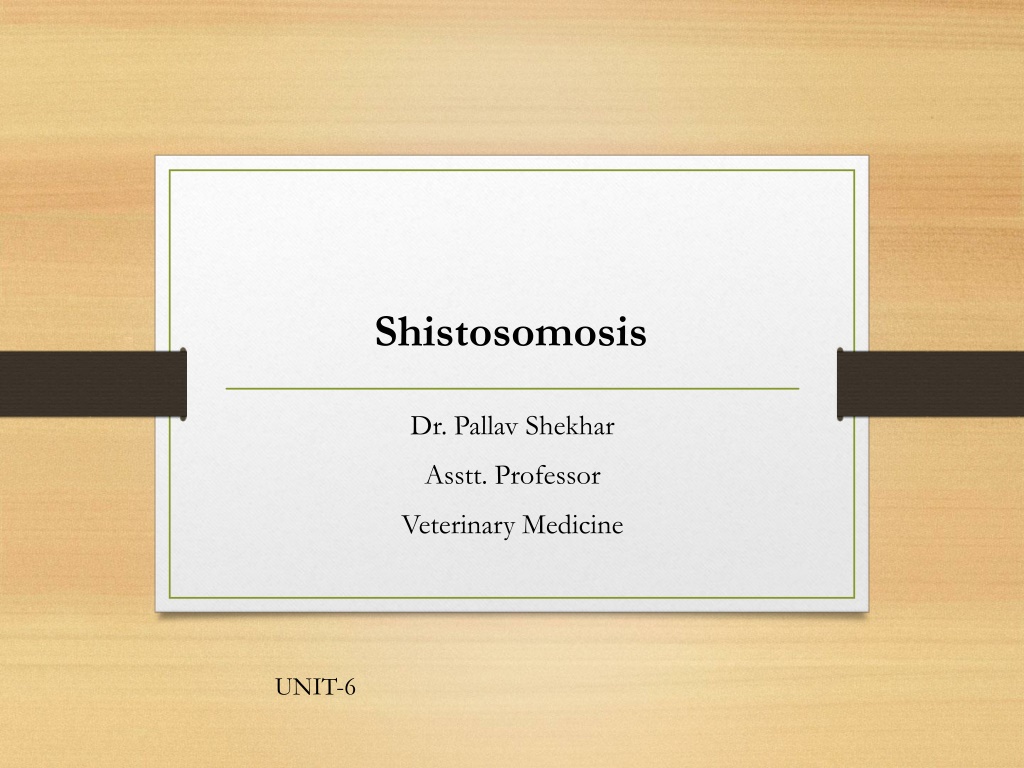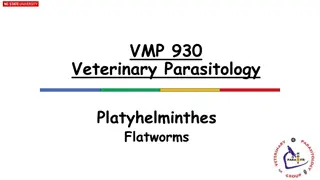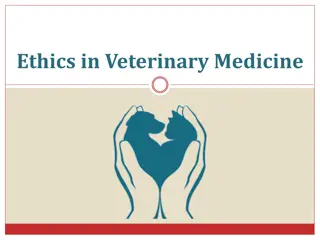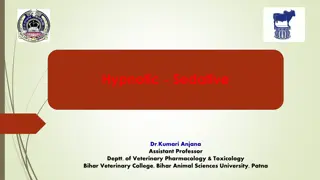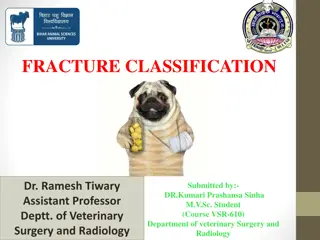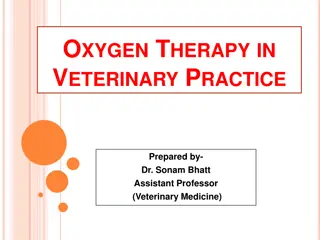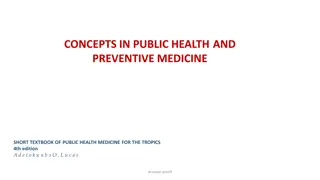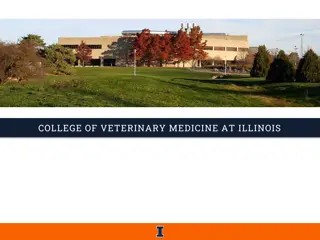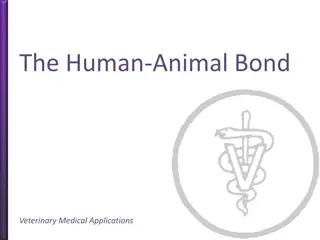Understanding Shistosomosis in Veterinary Medicine
Shistosomosis, also known as Bilharziasis, is a trematodal infection affecting various host species including cattle, sheep, goats, pigs, dogs, and humans. This article by Dr. Pallav Shekhar, Assistant Professor of Veterinary Medicine, delves into the causative species, life cycle, clinical signs, diagnosis, treatment options, and control measures for Shistosomosis. Images and descriptions help in understanding the disease comprehensively.
Download Presentation

Please find below an Image/Link to download the presentation.
The content on the website is provided AS IS for your information and personal use only. It may not be sold, licensed, or shared on other websites without obtaining consent from the author. Download presentation by click this link. If you encounter any issues during the download, it is possible that the publisher has removed the file from their server.
E N D
Presentation Transcript
Shistosomosis Dr. Pallav Shekhar Asstt. Professor Veterinary Medicine UNIT-6
Nasa/Nakra/Sunsunna Trematodal infection Host: Cattle, Sheep, Goat, Pigs, Dogs and man In human the infection is known as Bilharziasis.
Species Shistosoma bovis Schistosoma indicum Schistosoma nasalis Snail- Indoplanorbis exutus- Intermediate host
Life Cycle-Indirect Hatching in water Eggs in Feces Miracedium Snail New host Water Cercariae Development Blood circulation Nasal veins
Clinical Signs Rhinitis Sneezing Snoring sound Abscess on mucous membrane Development of fibrous tissue Cauliflower like growth in nasal passage Nasal garnuloma
Human Swimmers's itch Hunter's itch Rice paddy itch Lake side itch
Diagnosis Clinical Signs Fecal examination Nasal discharge examination
Treatment Tartaemetic Sodium antimony tartarate Anthiomaline 1.7mg per kg Praziquantel @ 25mg/kg body weight orally for 3 days
Control Chemical Control: Copper sulphate, Sodium pentachlorphenate Biological Control: Soap berry, Shikakais plant growth. Larvae of Sciomyzid fly can kill planorbid snails Rearing of ducks
